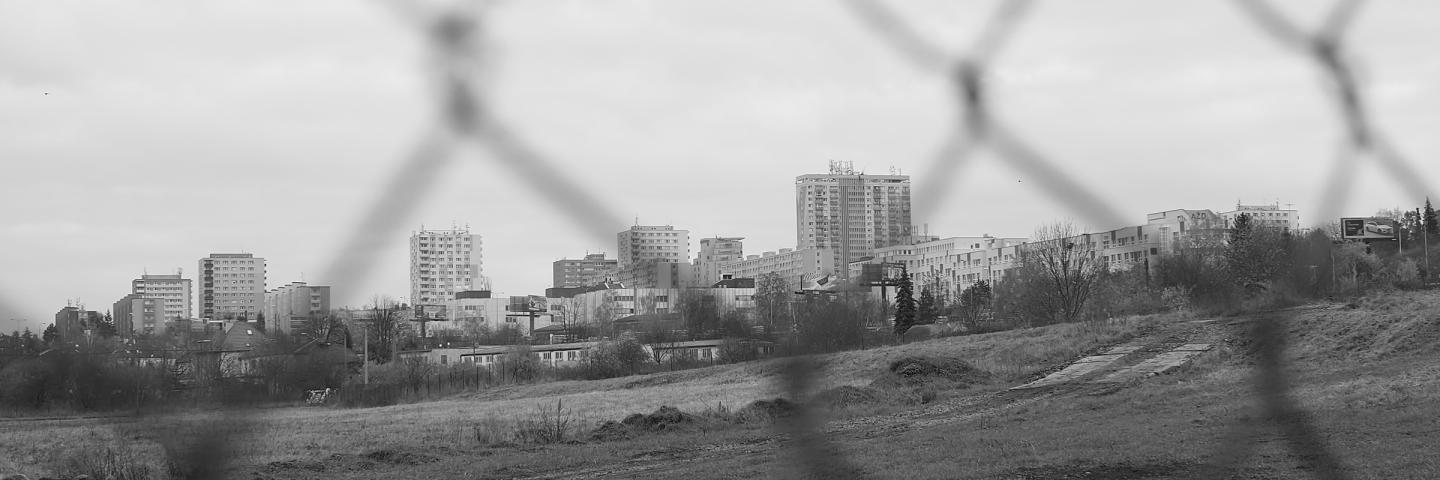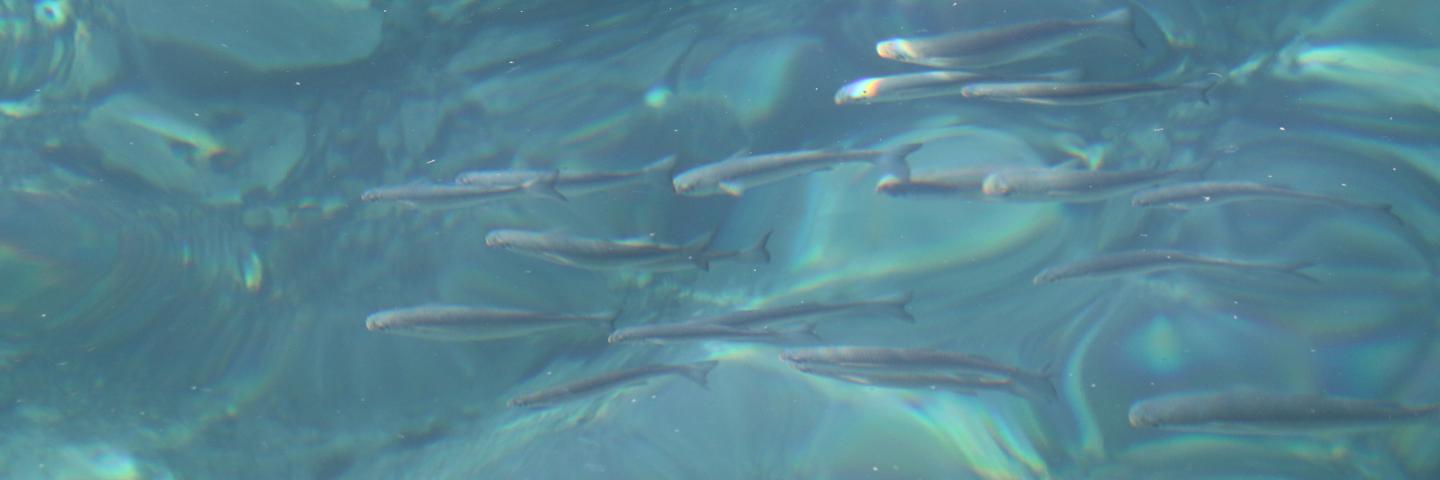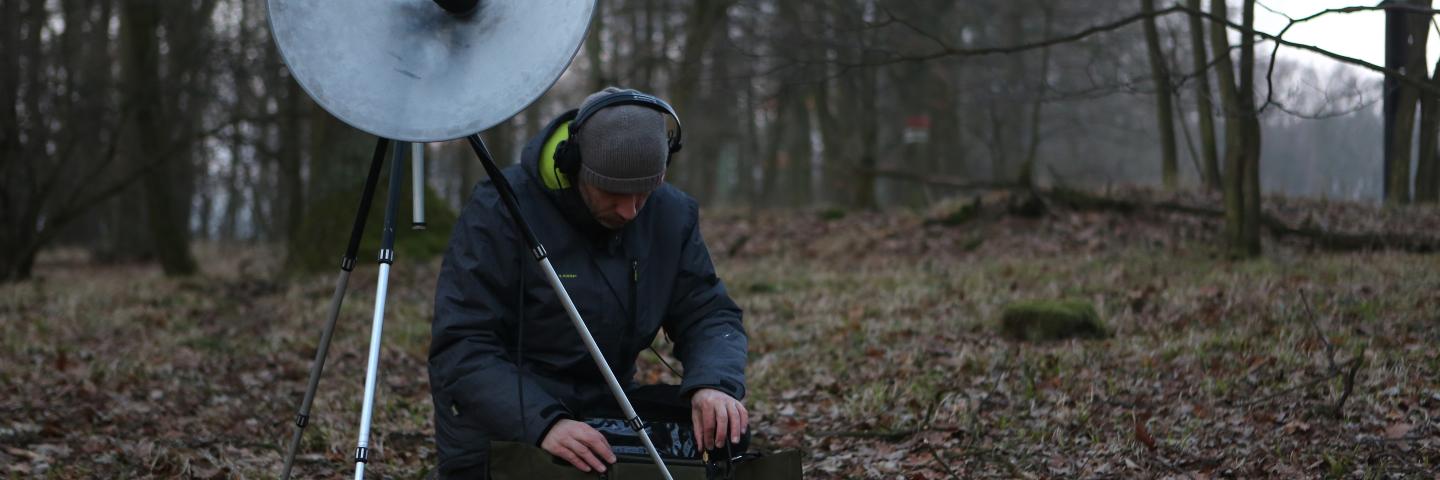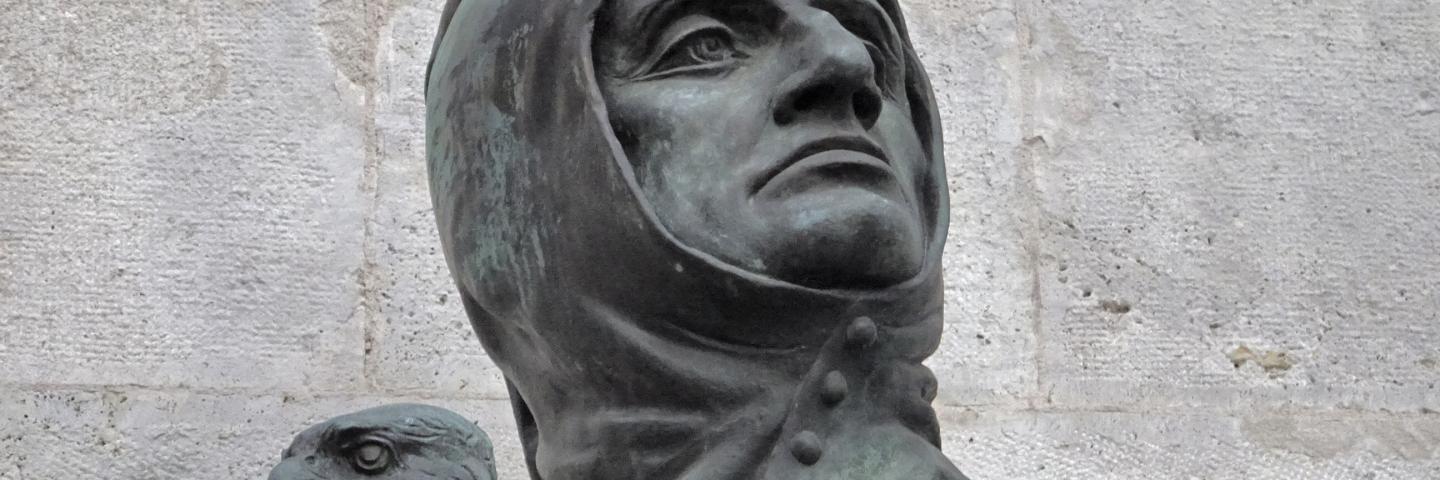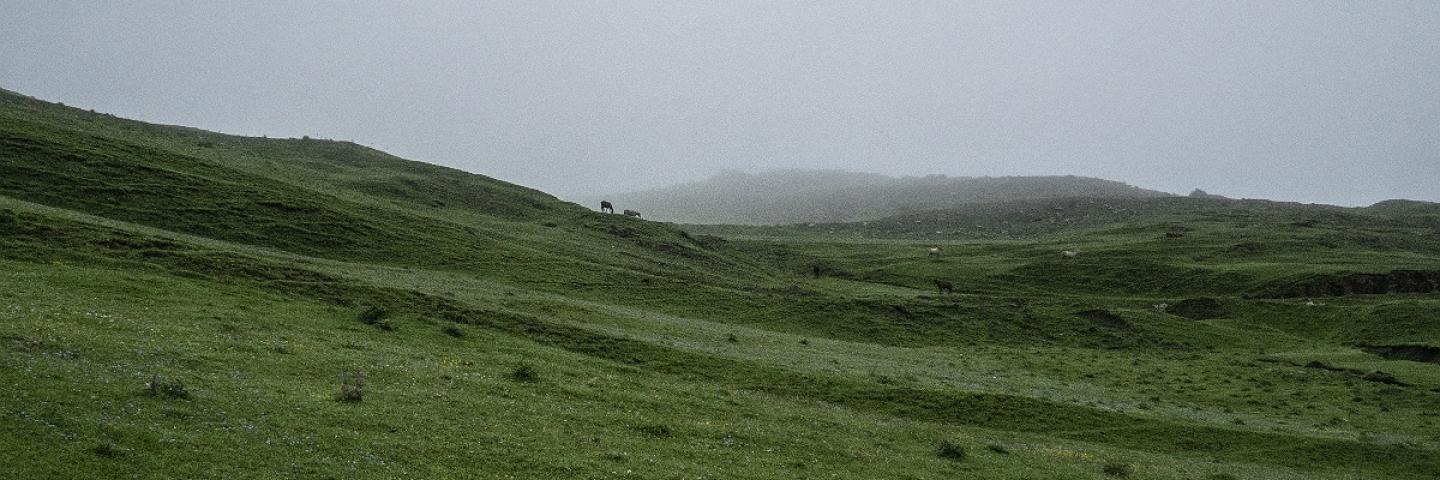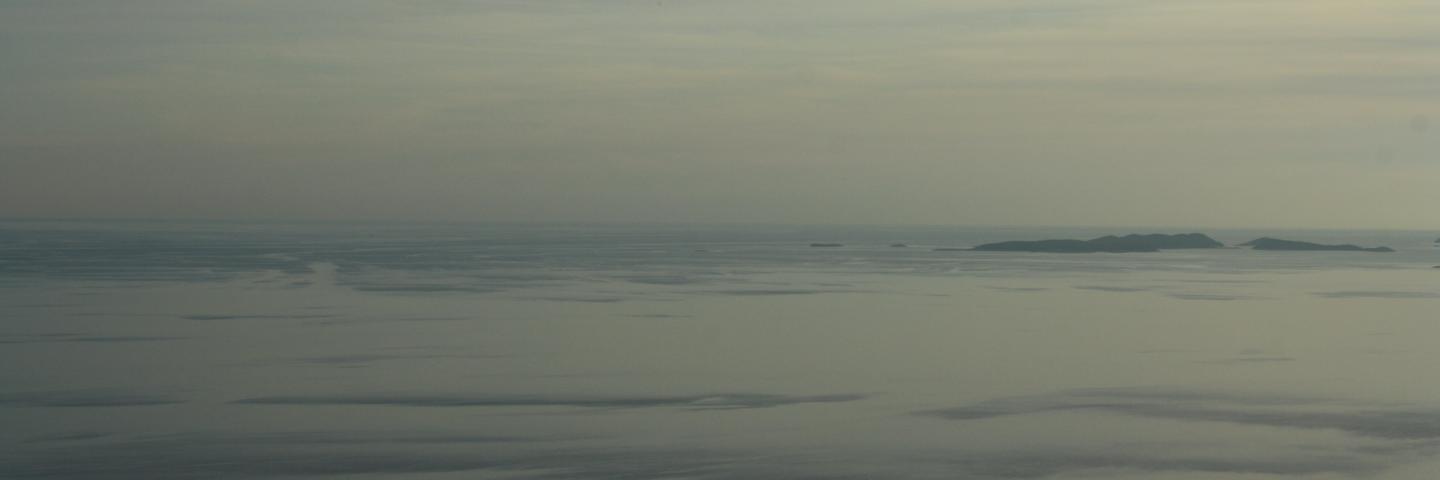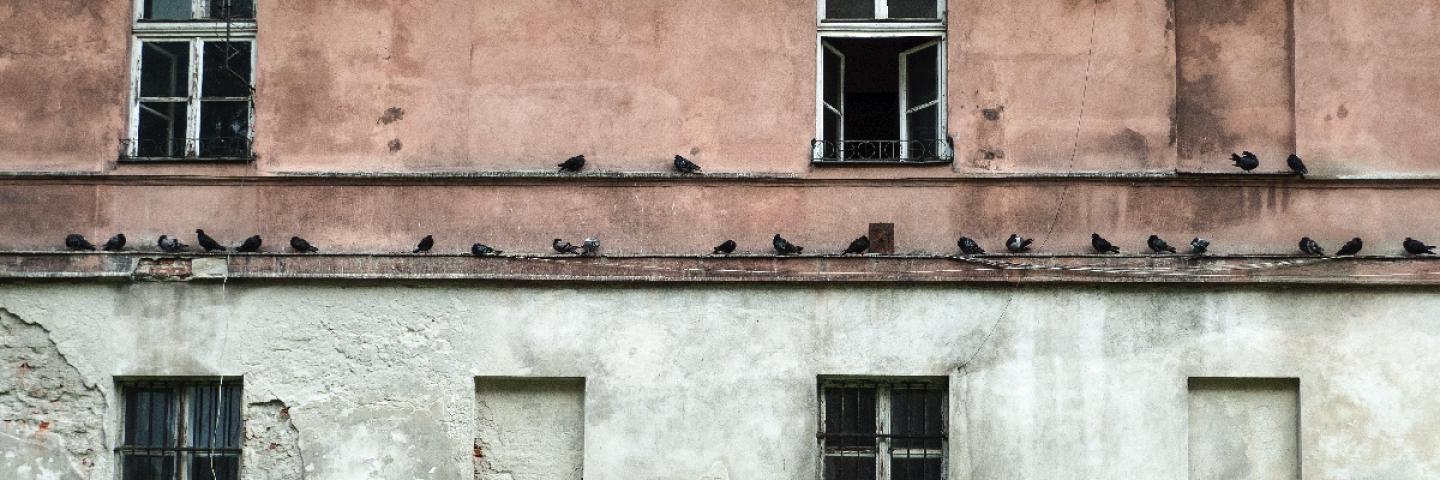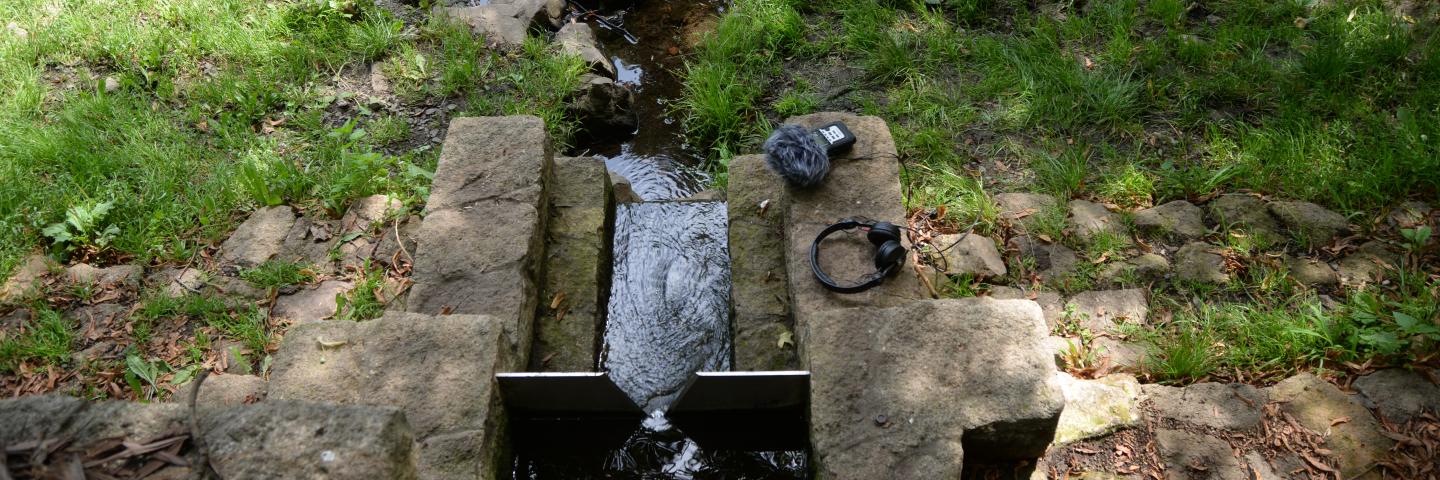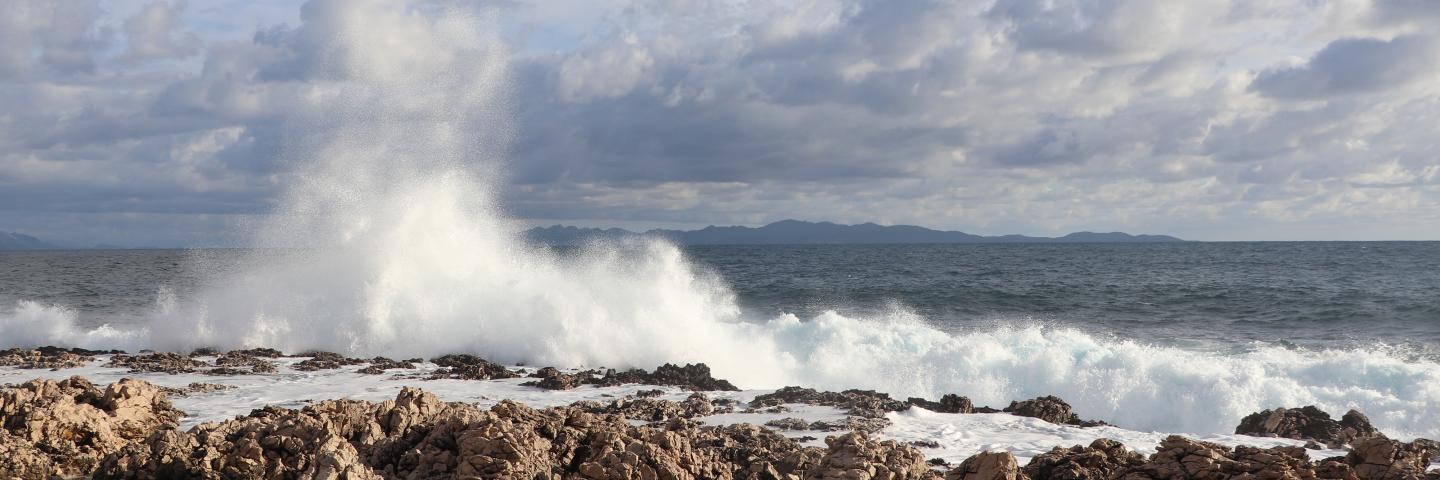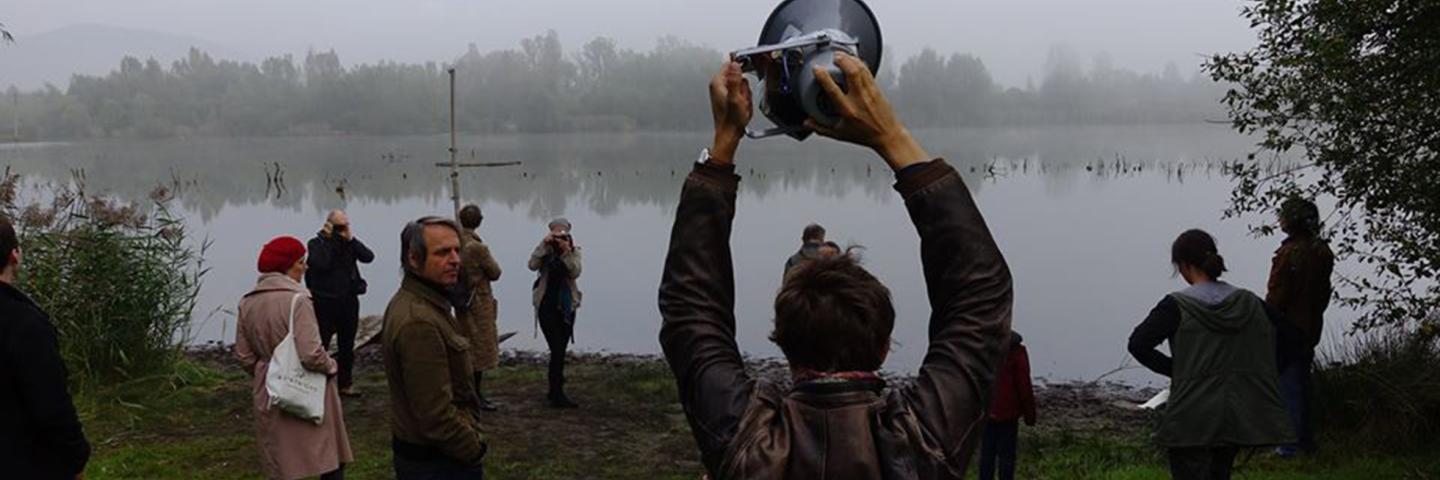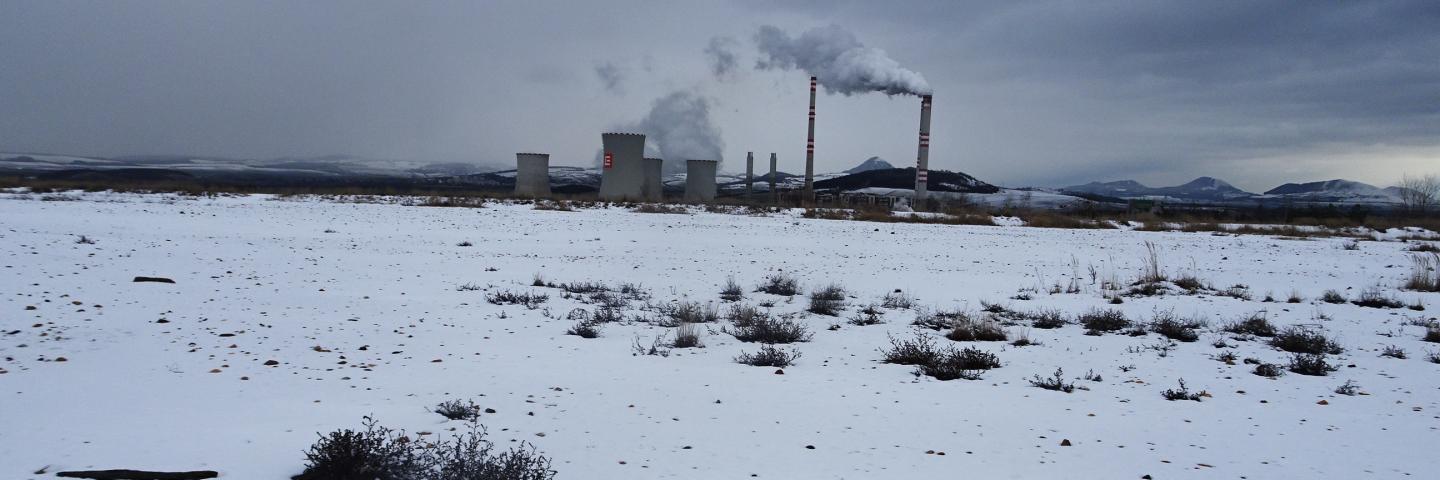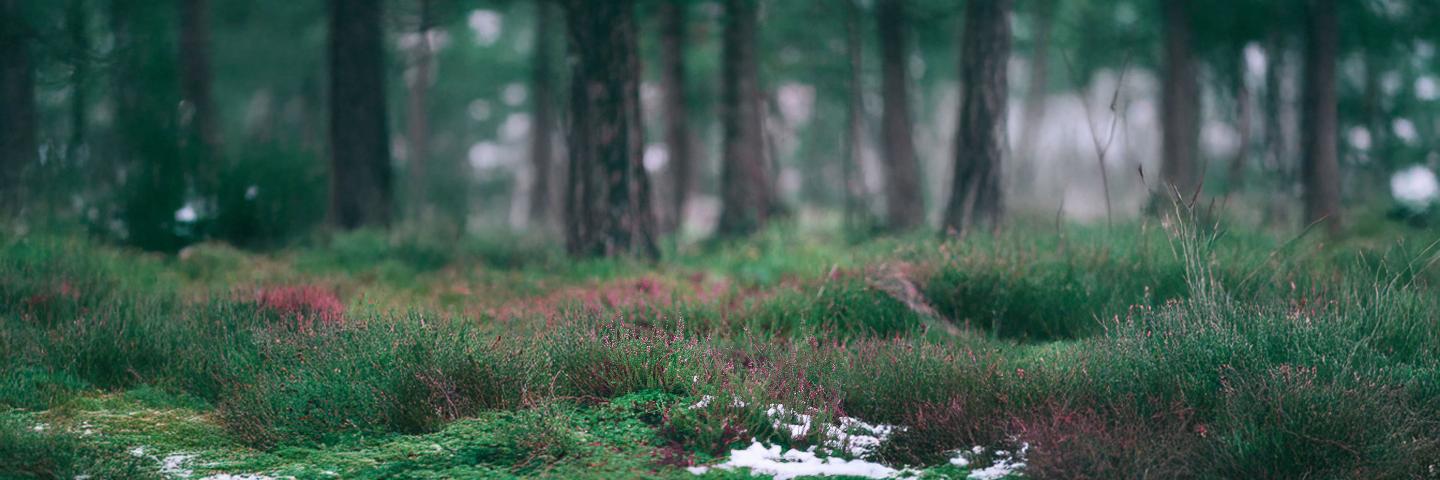Eric Simms
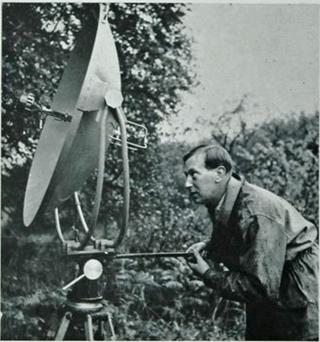
Eric Simms (born 1921; died 2009) was a british naturalist and broadcaster. In his career at the BBC he made almost 8,000 broadcasts, including an unbroken run of Countryside radio programmes lasting 38 years from 1952 until 1990. Simms was also a prolific writer, with more than 20 books and hundreds of articles to his credit. While living in Dollis Hill - the unfashionable north-west London suburb, he pioneered the study of wildlife in towns and cities, and could claim to have invented the modern science of urban ecology.
He joined the BBC as a wildlife sound recordist in 1950, following in the footsteps of Desmond Hawkins (1908-1999) who eventually founded the BBC Natural History Unit and Ludwig Koch. During his travels around Britain and Europe he pioneered many recording techniques we take for granted today, including the use of portable recorders. A decade later, having turned down the chance to join the BBC Natural History Unit in Bristol because he preferred to remain in London, he began work in the BBC Schools Television Service, where he remained until going freelance in 1967.
Meanwhile, he began his studies of the area around his home, publishing a paper, The Birds of Dollis Hill, in the journal British Birds in 1962, and continuing his observations for almost 30 years, at the time the longest study of its kind. This was a truly revolutionary approach to field ornithology, concentrating not on rare species in remote places but on common birds living alongside human beings.
In 1971, Simms published Woodland Birds, his first contribution to the seminal New Naturalist series. This was followed by British Thrushes (1978), British Warblers (1985) and British Larks, Pipits and Wagtails (1992). By this time the series had declined in popularity, and the hardback print-runs had fallen below 1,000 copies. In retirement Simms and his wife Thelma moved to South Witham, near Grantham, Lincolnshire. Characteristically, he threw himself into creating a wildlife reserve along the edge of a slip-road - tiny, ribbon-like strip of land which became a haven for all sorts of plants and animals, including the scarce wasp orchid.
